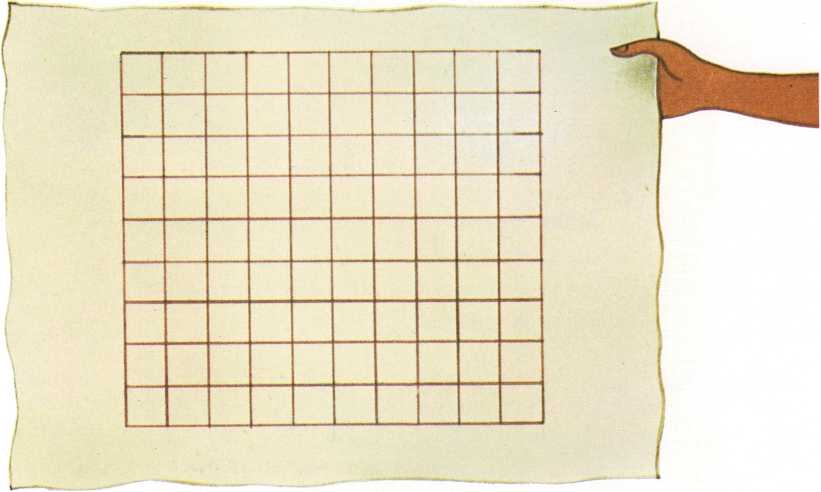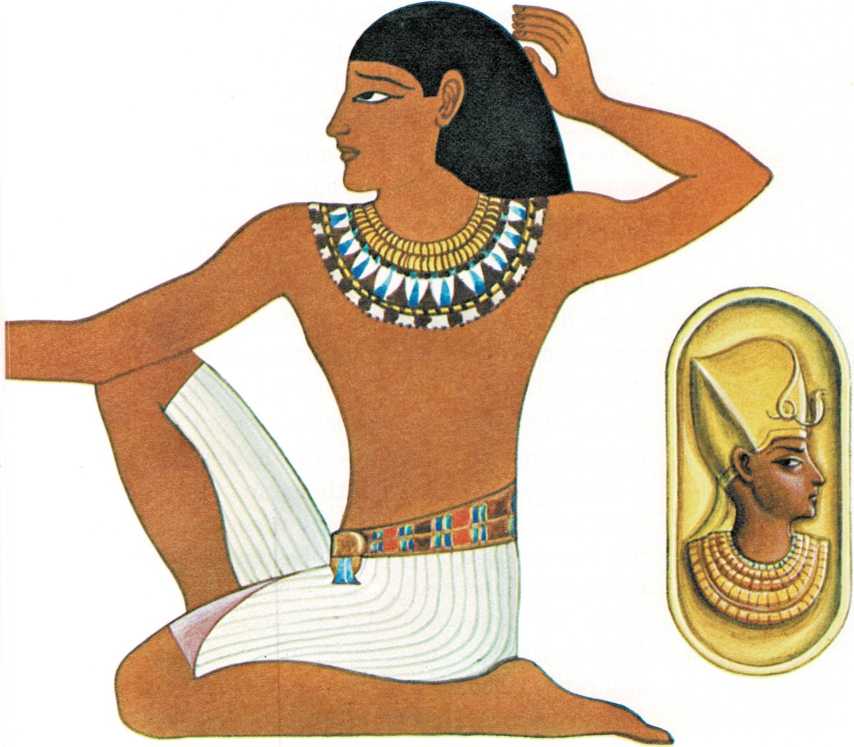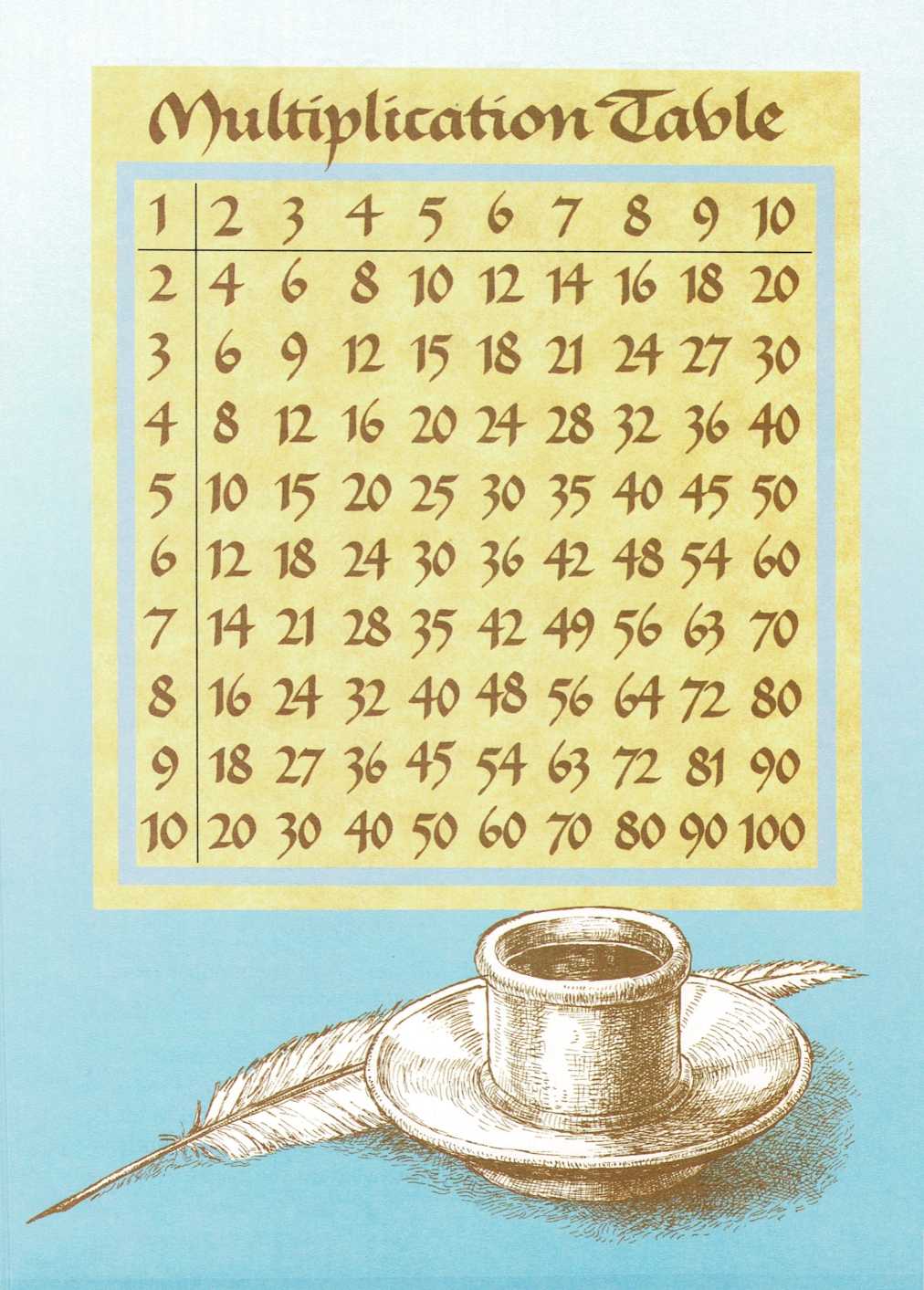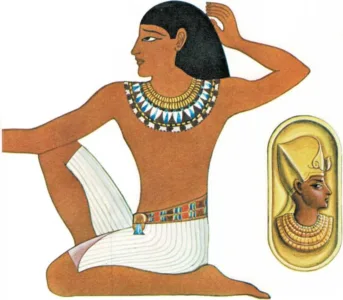Counting squares

Ahmose, chief builder for the king of Egypt, had a problem. He was
building a new palace for the king and queen. The floor of the queen’s
bedroom was to be made of blocks of a special white stone that came from
the land of Punt.
Ships would have to go for the blocks and bring them back. So Ahmose had
to know exactly how many blocks were needed. If he didn’t order enough
blocks, the ships would have to go back for more—and the king would be
angry. But too many would be a costly waste—and the king would be
angry about that, too.

Ahmose began to figure out how many stone blocks he would need. The
queen’s bedroom was to be ten paces long and nine paces wide. Suppose he
had the stone blocks cut into large squares that measured one pace on
each side. Then ten of the square blocks in a row would be the exact
length of the room. And nine of the squares would be the exact width of
the room. Altogether, he would need nine rows, with ten blocks in each
row. But how many blocks would that come to?
On a piece of papyrus, Ahmose drew nine rows, with ten squares in each
row. He then carefully counted all the squares. There were

ninety squares. That was how many stone blocks he would need.
Of course, you could solve such a problem much more quickly than Ahmose
did I All you have to do is multiply the number of blocks in a row (ten)
by the number of rows (nine) to get the answer: 9 X 10 — 90.
Multiplication is really just a fast way of counting. But for thousands
of years, people didn’t know about multiplication. When they wanted to
know how many bricks were needed for a wall, or how many tiles would
cover a floor, they had to draw rows of squares, just as Ahmose did.
Then they counted the squares. This worked well enough when only a few
tiles or bricks were needed. But if many thousands were needed, the
counting took hours.
Then, about five hundred years ago, some bright person got the idea of
drawing ten rows of ten squares, and putting a number in each square. Of
course, this is what we now call a multiplication table. Five hundred
years ago, anyone who did a lot of work with numbers had a copy of this
table, just as many people today have pocket calculators. If someone
wanted to know what nine times ten was, as Ahmose did, they looked
across the row that started with nine, and down the row that started
with ten. And there was the answer!
Today, we learn the multiplication table in school and keep it in our
heads. A person of five hundred years ago would be amazed to see how
quickly and easily you can multiply, either in your head or using a
pencil and paper. Even so,when you do multiplication, you are still
really counting squares—just as Ahmose did—only you do it a lot
faster!


